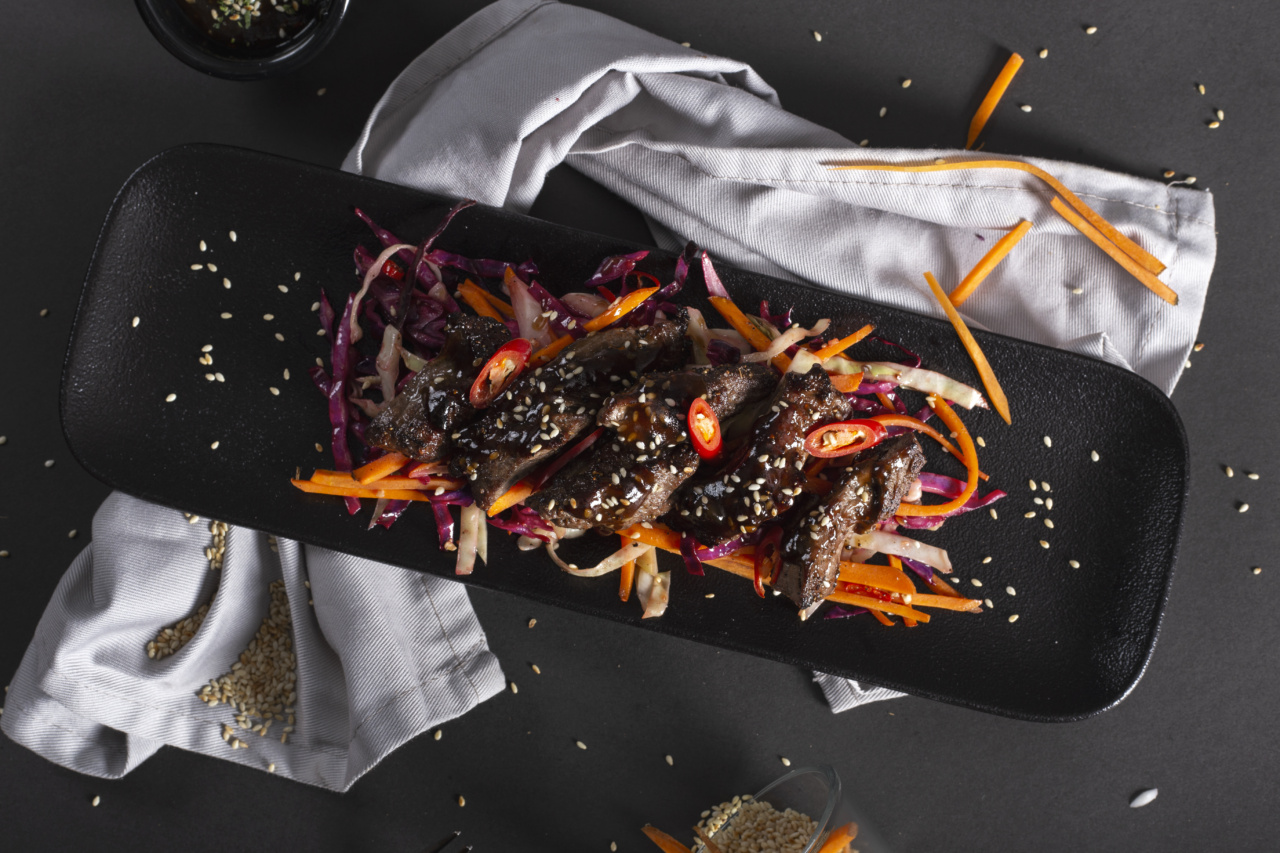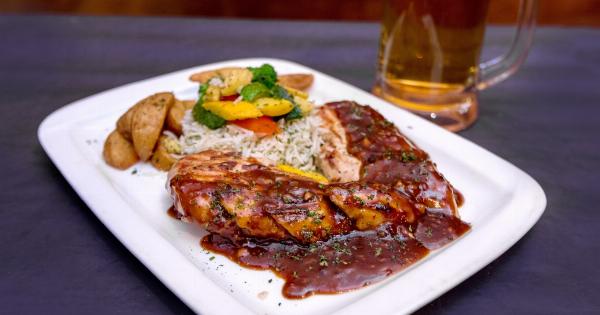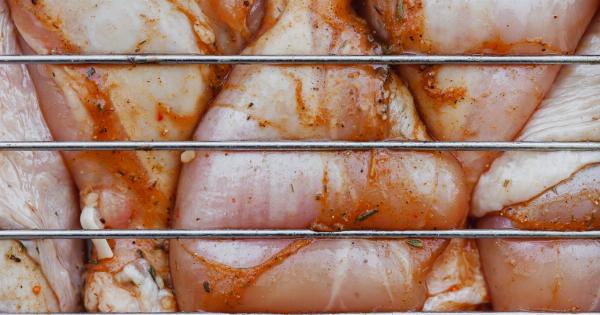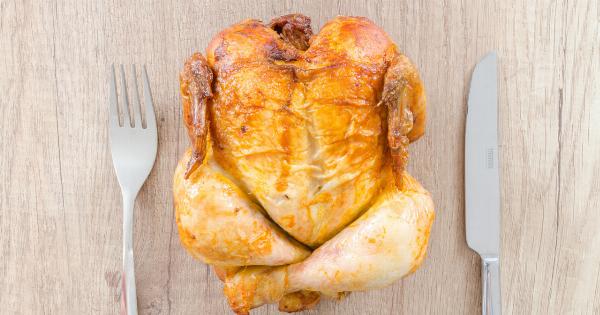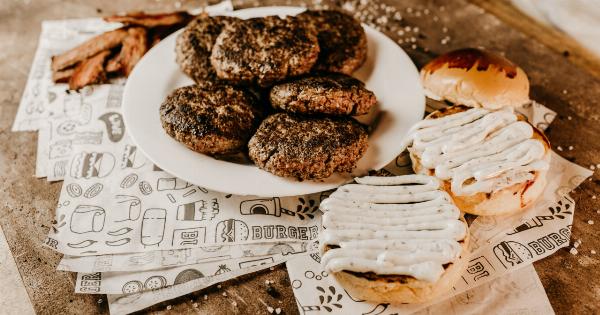Meat lovers always find themselves in a dilemma when deciding how to cook their favorite cuts of meat. Two popular techniques that often go head-to-head are frying and roasting.
Both methods can result in delicious and richly flavored meats, but they have distinct differences in terms of cooking time, texture, and overall taste. In this ultimate meat showdown, we will compare fried and roasted meats, examining the pros and cons of each method, so you can choose your winner.
The Art of Frying Meat
Frying meat involves cooking it in hot oil or fat, typically in a pan or deep fryer. This cooking technique is known for creating a flavorful crust and tender interior. Here’s a closer look at the advantages and disadvantages of frying:.
Advantages of Frying Meat:
Frying meats can be a quick and convenient way to achieve a crispy outer layer and retain juiciness. Some of the benefits include:.
- Crispy Texture: Frying creates a golden-brown and crispy texture on the meat’s surface, giving it a satisfying crunch.
- Faster Cooking Time: Due to the direct contact with high heat, frying meats can quickly reach the desired doneness, saving you time in the kitchen.
- Sealed Juices: The high temperatures used in frying help lock in the natural juices of the meat, resulting in a succulent and tender bite.
Disadvantages of Frying Meat:
While frying can deliver flavorful and succulent meat, it also has some drawbacks to consider:.
- High in Fat: Frying often requires a significant amount of oil or fat, which can increase the calorie content and overall fat content of the meat.
- Less Uniform Cooking: Achieving even cooking can be challenging with frying. It’s crucial to monitor the temperature consistently to avoid overcooking or undercooking certain parts.
- Potential for Greasiness: Frying can result in a greasier final product, which may not appeal to those seeking a lighter meal.
The Magic of Roasting Meat
Roasting is a slower and more traditional method of cooking meat in an oven or over an open flame. It involves exposing the meat to dry heat, allowing it to cook gradually. Let’s delve into the advantages and disadvantages of roasting:.
Advantages of Roasting Meat:
Roasting is a widely favored technique because it brings out the natural flavors of the meat while offering a distinct set of benefits:.
- Enhanced Flavors: The longer cooking time in roasting enables the meat to develop richer flavors and aromas. This method is known for creating those sought-after caramelized and roasted notes.
- Tender and Moist: Roasting meats at lower temperatures for longer periods helps break down connective tissues, resulting in tender and moist meat.
- Less Fat Absorption: Unlike frying, roasting doesn’t require excessive amounts of fat or oil, making it a healthier option for those conscious of their fat intake.
Disadvantages of Roasting Meat:
Roasting may be favored by many, but it also has a few downsides to consider while making your cooking decision:.
- Longer Cooking Time: Roasting typically takes longer than frying, which can be a drawback if you’re looking for a quick meal or short on time.
- Potential Dryness: If not done properly, roasting can result in dry and overcooked meat. Monitoring the cooking time and using a meat thermometer are essential to achieve the desired level of doneness without sacrificing moisture.
- Less Crispy Surface: Unlike frying, roasting doesn’t create a crispy crust on the meat’s surface, which some individuals may find less enjoyable.
The Verdict: It Depends on Your Palate and Preferences
When it comes to the ultimate meat showdown between frying and roasting, there is no clear winner. The decision depends on your personal taste preferences, health considerations, and the amount of time you’re willing to spend in the kitchen.
If you crave a crispy and crunchy exterior with sealed juiciness, frying is the way to go. Fried meats also tend to be faster to cook, making them a convenient option for weeknight dinners.
On the other hand, if you savor deep flavors and tender textures, roasting should be your method of choice. The slower cooking process allows the meat to develop rich flavors, with the added benefit of being a healthier cooking option.
In the end, the ultimate showdown between frying and roasting is all about personal preference.
Fortunately, you now have a better understanding of the advantages and disadvantages of each technique, allowing you to make an informed decision based on your desired outcome.
